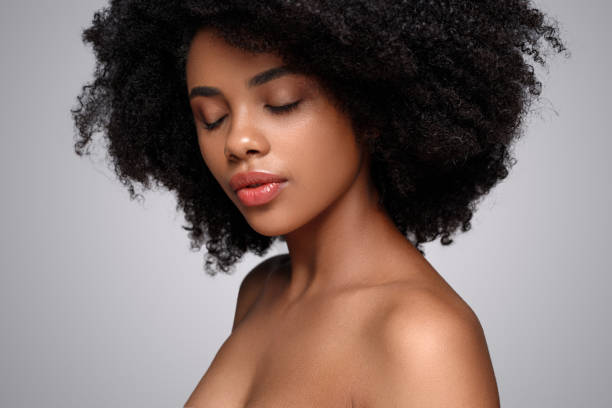
Turning 30 has some many implications, many of which we don’t like if we’re being honest, from the pressure of getting married, or having children to career milestones and academic achievements, it can truly be a lot. Then throw in the biological down sides and it’s an entire “boat crap.”
So, what really happens to your body when you hit the big “three O”? This is what happens; when you hit your 30s, hormone levels start to decrease, and the rate of collagen and elastin production goes down. Sounds like bad news, but before your heart breaks, you should know that there are some practices that can keep these changes in check and still have you looking your best in your 30s and beyond.
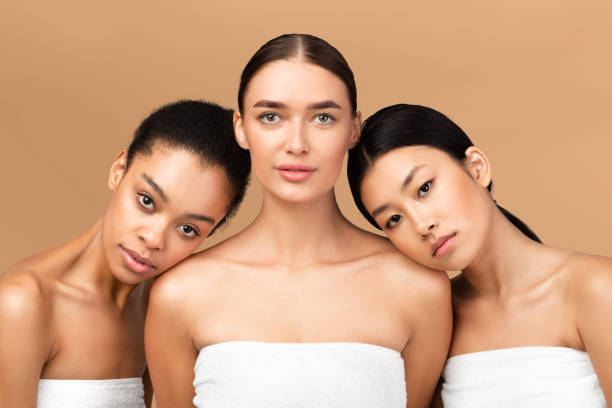
When it comes to skincare, everyone’s skin is different. What suits one person’s skin may not work for another person… For a more generic skincare practice, the following routine works;
Morning beauty routines
Cleansing
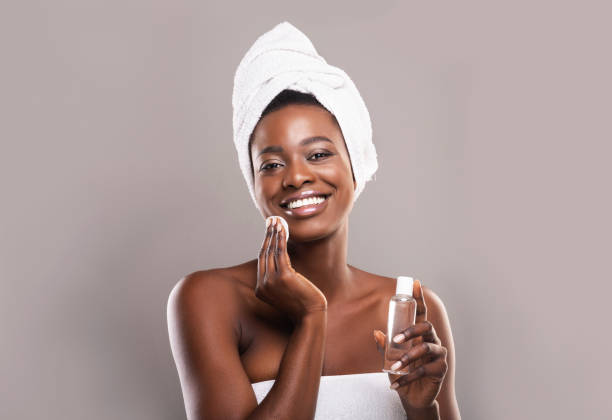
If all else fails, this first step should occur every morning… cleanse every morning. It’s best to look for a face wash that’s full of skin-nourishing vitamins, such as vitamin A, vitamin B2, vitamin B12, and vitamin E.
Exfoliating
Exfoliants shouldn’t be used daily. Instead, 1–3 times per week is enough to remove dead skin cells without causing irritation. On the days when you aren’t exfoliating, simply use your cleanser by itself.
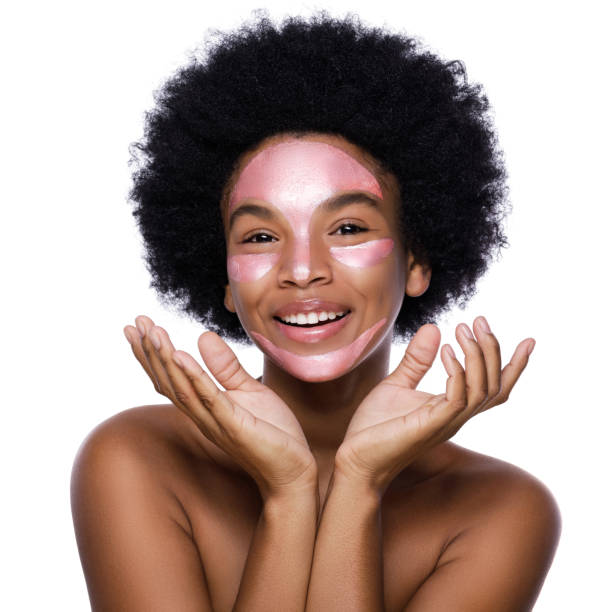
Toning
Toners are one of the most common steps left out of skin care. Toner can help tighten pores, eliminate impurities, and rebalance your skin. The best options are clarifying toners that rebalance your pH. A few natural examples include grape seed extract or peach extract.
Additionally, taking an oral version of grape seed extract (proanthocyanidin) has shown to improve chloasma.
Moisturizing
Ceramides are key ingredients to look for in moisturizers. To be specific, look for phytoceramides, which are plant-derived ceramides. These are waxy lipids found naturally in skin that hold in moisture.
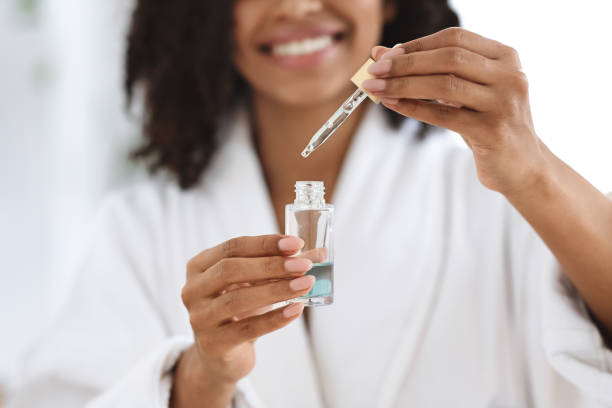
Jojoba oil is another great moisturizing ingredient that boosts rejuvenation and protects against environmental stressors.
Serums are essentially next-level moisturizers. They deliver active ingredients deep into the dermal layers. Use a couple of drops of serum on your cheeks, chin, nose, and forehead.
Sun protection
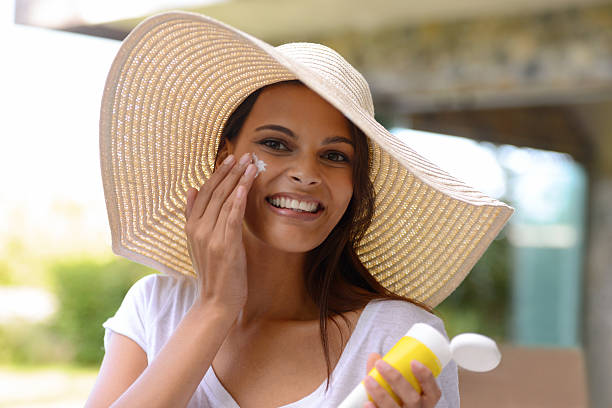
Irrespective of age, SPF is recommended daily. Pro tip: Creams should be applied with the lightest fluids first. For example; first apply serum, moisturizer, and then SPF.
Night time
Repeat the morning routine
Follow each step, but skip the sun protection.
Eye cream
The skin around your eyes is the most sensitive part of your face and one of the first areas to show signs of aging. While eye creams often contain the same ingredients as regular moisturizer, they contain fewer aggravating chemicals.
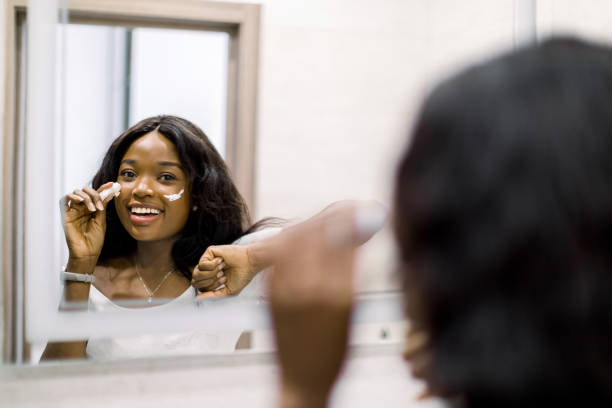
Spend more time gently massaging your creams into your skin. This helps strengthen the muscles in your face and encourage collagen production.
Night moisturizer
Using a night cream can efficiently support your skin through the regeneration process.
Detox mask
Once or twice per week, a lightweight mask that draws out impurities isn’t a bad idea. Masks with charcoal or green tea leaves are really great at drawing out impurities and rejuvenating your skin, respectively.
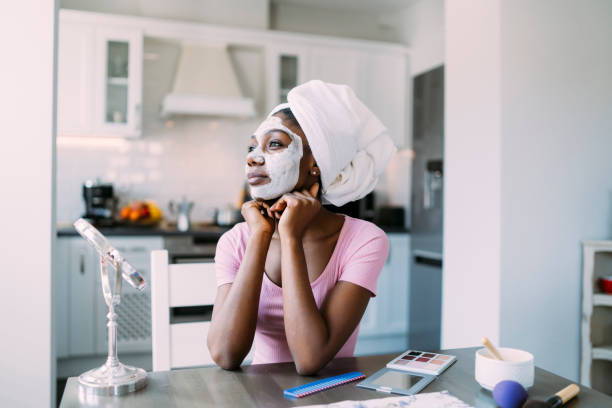
Bakuchiol Serum
Bakuchiol is a plant-based alternative for retinol, and itwas clinically proven to have anti-aging effects. Retinol serum is often used in anti-aging routines for rejuvenation. However, retinol is a synthetic ingredient.

